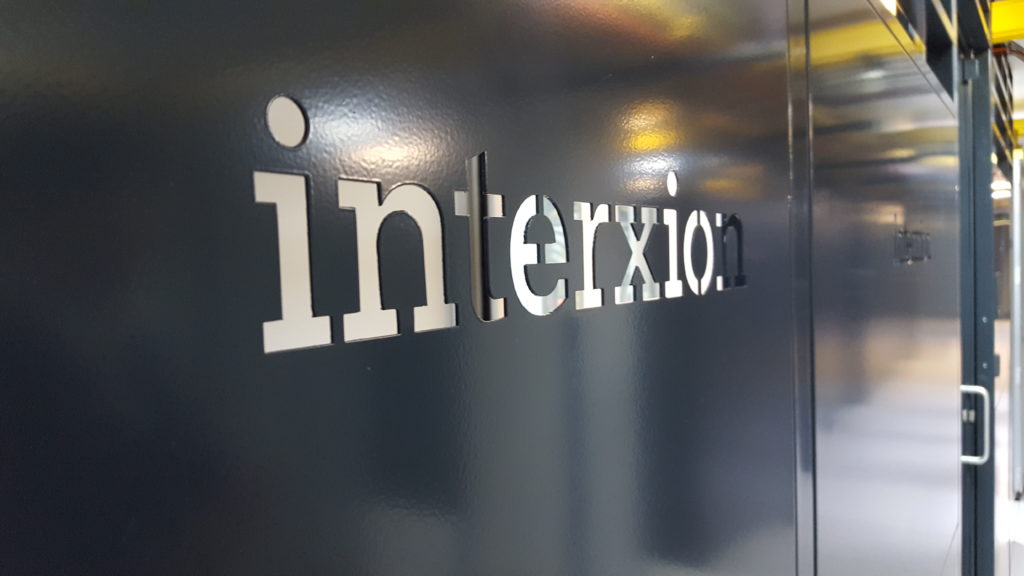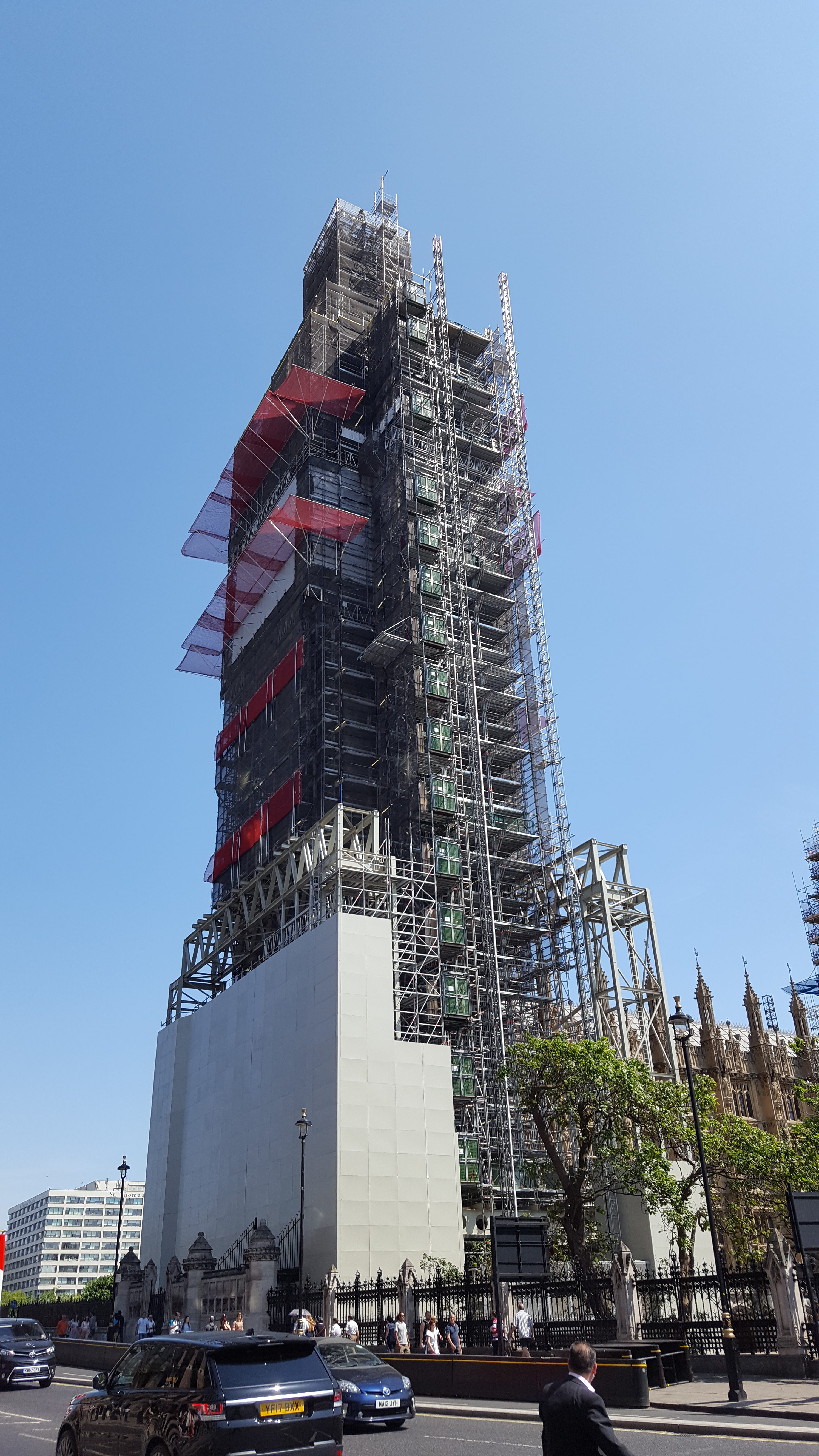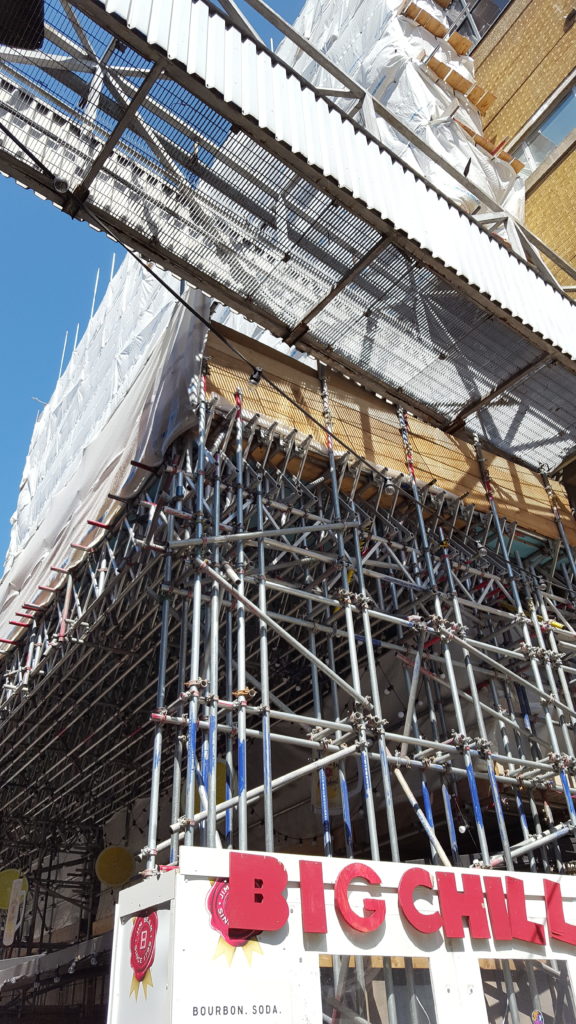Inside a Colo Data Center that Keeps London’s Capital Markets Humming

Source: shutterstock
London is the Olduvai Gorge of western capitalism. Under it lie layers of mercantile history, artifacts of trade left by the Celts, Britons, Romans, Vikings, Danes, Anglo-Saxons, Normans, Jews, Irish, Indians, Australians, Canadians, South Africans, Arabs, Africans, Asians – oh, and the British – all come to London to seek opportunity in this ages-old business and financial center.
We visited London this past summer and, having lived in England the year before the UK embarked on the 1979-1997 Thatcher Revolution (the free market reform premierships of Margaret Thatcher and John Major), we were stunned by the change that has come over the city and the country. Yes, London has always been a world commercial hub, but the very evident animal spirits of a thriving, high-growth, entrepreneurial business climate were like nothing we remember. Everywhere, new skyscrapers – and cranes for new office tower construction – rose against the sky. At ground level, the noise, the crowding, the roaring traffic, the breakneck pace on the bustling streets of the City, Westminster and other London districts quickly frayed the nerves. More than once we were compelled to duck into the quiet of a friendly old London pub to escape the madding crowd, take a deep breath and deep draught, and try to remember where we were.
Tradition and history, monuments and stately buildings, remain a living presence in London, but the impression made on this traveler – and these are painful words to write for an Anglophile who loves Englishness – is that London seems to have become more, well, more American. The cars aren’t the undersized, squared-off boxes they used to be, they’re the same imports we drive; the Bobbies no longer wear the quaint old helmets and pre-World War I uniforms, they look very much like American police; the trains don’t have those quiet, wood paneled compartments with three upholstered seats aside, they’re open, stainless steel, shell plastic above-ground subway cars that you might see in Dallas or Chicago; worst of all, too many pubs play pop music and serve ice cold beer!
Contributing to this impression of American-ness was the weather while we were there: a protracted heatwave under cloudless skies – American weather, possibly the result of climate change, arguably a major American export.
The good news is that Londoners are as courteous, loquacious and intelligent as ever, happy to talk with an American stranger on any topic at hand. And much of the talk is about technology, which in the UK has become as powerful and dominant as in the U.S. We recall that as recently as the early 90’s it was said the UK’s HPC infrastructure ranked with countries in the developing world, but those days are over. London is as much a tech hub as any city in the States or in Asia, and in some ways the UK has digitally transformed more aspects of everyday life than the U.S. (example: flash a credit card at a tube station turnstile and voila, you’re in – no standing in line at a subway ticket machine, as in New York). As for money, the UK never adopted the Euro but regardless, you don’t have to touch a pound note or pence, just plastic or smart phone – and no signing of receipts for purchases less than £30.
While there we visited one of London’s largest connectivity colocation data centers, Interxion, whose mission, seemingly, is the elimination of latency for a clientele of capital markets and e-commerce companies. Interxion is in the East End on Brick Lane, which is near the City, London’s business district and home of the London Stock Exchange.
For mercantile heritage, Interxion is in a fitting location; over the centuries, waves of immigrants have settled in the Brick Lane district, called Spitalfields, (a corruption of “Hospital Fields”) for a few generations before assimilating and moving on. Today, Brick Lane is the home of London’s Bangladeshi community, along the street the air is full of spices and curry wafting from restaurants, with barkers on the sidewalk encouraging passersby to sample the fare.
 Interxion occupies a large, bulky old building (and adjoining properties), the former home of Truman’s Brewery, Britain’s biggest beer maker in the 19th century with ties to the East India Company and an exporter throughout Europe and the British Empire.
Interxion occupies a large, bulky old building (and adjoining properties), the former home of Truman’s Brewery, Britain’s biggest beer maker in the 19th century with ties to the East India Company and an exporter throughout Europe and the British Empire.
In all, Brick Lane creates the impression of striving entrepreneurialism with a global feel, along with “dynamic immigration churn,” in the words of Andrew Fray, managing director of Interxion’s London data center, himself the ancestor of Huguenots (French Protestants) who came to this part of London nearly 300 years ago to escape religious persecution and to set up in the copper trade.
“This area’s been a center of international trade, it’s a place of the city but not in the City, with a capital ‘C’,” Fray said with some pride, pointing not far away to a former Huguenot church that was converted to a synagogue about 100 years ago and now serves as a mosque.
Interxion, headquartered in The Netherlands and with 50 data centers in 11 countries across Europe, opened its London facility in the late 90s because of the proximity of the brewery, by then used to store textiles, to the City and to abundant sources of electrical power.
“Twenty years ago it was a rag trade kind of place,” Fray said, “and the company saw an opportunity to come here. Because of the brewery there was power here and it had 16megavolts of power available two blocks (away)…, so it seems a good place to start a data center business.”
It also was a good time to start a colo business, what with the still-nascent internet enabling greater global business connectivity. Beyond power, the company found near Brick Lane a density of fiberoptic distribution, on Old Street, where several telco’s, hundreds of start-ups, major tech companies (Amazon, Google, Facebook) and many financial services organizations have established operations, a locale affectionately known as the Silicon Roundabout (as well as Tech City).
“It’s a tech hub all around here, one of the couple or three most intense fintech and general tech innovation hubs in the world,” Fray said, “competing with Silicon Valley, Berlin and other places. We sit at the heart of that.”
Amidst these developments also came changes in the colocation data center business. The focus used to be on energy conservation and energy costs savings for clients. While those objectives remain in place, another trend also emerged: “communities of interest,” the selection of outsourced data centers located where the action is.
“It’s dramatically different from when I came into the data center industry 10 years ago,” Fray said, “when everyone was saying you need to be in Iceland or rural Finland. The green agenda was what it was all about, go somewhere green where the energy’s cheap and lots of it, in a cold climate. What’s happened over those 10 years is that although those centers are still correct and right, so the hyperscalers have gone to those sorts of locations, the demands of time, demands of latency and proximity has actually pulled everything back to the center. I talk about the gravity of London, its power to pull in the enterprise, to pull in liquidity, to pull in all the services you need, but more than that all is that these guys want to sit together.”
Fray used the example of an IT engineer sent to the London data center to update the IT infrastructure. “I can get 24-hour bagels, so if you’re just off the plane, you come into London, you get to your hotel and you want coffee and bagels services. If you’re in the middle of nowhere you may not get that, but here you get it. And you can see your accountant, you can call colleagues, you’ve got all this proximity, and by the way, you can take in a show or watch premier league football or you can go watch cricket. You’ve got all this intangible stickiness, which is all about the power of major cities.”
Major cities like London.
“London is open, we are here, this is what we do… it’s in the DNA of the city…,” Fray said. “It’s the thing they said would never happen, they used to say you can go anywhere with distributed compute, right? It was all going to go to the edge, wherever the edge is. But now people consider us the edge….”
That is, close to the action.
“Our play is this data center is here not because it’s got so much power, not because it’s the most beautiful data center in the world,” Fray said, “it’s because location matters. And in this era in which time (and latency) is of the essence, this is one place you need to put some facilities.”
In fact, Interxion’s campus is embedded within London’s and Europe's trading infrastructure. The company has a community of more than 200 capital markets participants that includes international banks, brokers and trading firms to cross connect to more than a dozen global execution venues, and more than 90 connectivity providers and market data providers and ISVs. The Interxion hub also is home to the London Metal Exchange, the LMEselect and LMEPrecious trading platforms.
In addition to being about a mile from the London Stock Exchange, Interxion also is equidistant between the hosting centers of Slough (BATS Stock Exchange, Electronic Brokering Services – EBS) and Basildon (Intercontinental Exchange, aka, ICE Futures, and the Euronext stock exchange), and access to microwave connectivity to Frankfurt (Eurex).
“With our location, we can directly connect to key pools of liquidity, such as the London Metal Exchange and Equiduct, and have access to all the major low latency connectivity PoPs (Points of Presence) to Europe’s major exchanges, MTFs (multi-lateral trading facilities) and broker routing systems,” Fray said. “But the value of being part of this community goes beyond access to liquidity: community members have access to market data providers, such as Bloomberg, brokers, low latency network providers and public cloud access points.”
Services offered by Interxion's community of ISVs include time synchronization, time stamping (to within four milliseconds) and order aggregation, pre- and post-trade risk controls, designed to facilitate high performance trading.
“So this is our operational model,” Fray said. “We see that our value is to allow our customers (to operate) on a carrier- and cloud-neutral basis, on a vendor neutral basis. We are not a managed service provider here, we are colo, and we are enabling hybrid cloud here. But we are very happy to work on whatever hardware or software vendor on the side – they run their own thing, we don’t touch their equipment or software. We provide space, power, back-up power, cooling, environmental management, physical security and connectivity – and really, connectivity: the ability for one customer to connect to the world from here.”
The model seems to be working, aided, of course, by a booming global economy and stock markets (notwithstanding the current correction). Fray said Interxion, whose stock trades on the New York Stock Exchange and reported revenues of €489.3 million last year, has enjoyed 46 straight quarters of growth
The unceasing test that Interxion – and other colos – faces is to stay on top of the baseline, infrastructural and connectivity technology that enables customers to do what they want when they want to.
"Our challenge is to understand how it’s all playing out in a technical space,” Fray said, displaying a complex image of the data center and racks deployed in the London campus. “It’s highly diverse, this is what we call our ‘Ultimate Tetras,” referring to puzzle video game in which blocks are fitted together. “Lots of data centers might have one customer in there for the whole data center, but these guys (Interxion customers) want to be together so they take smaller spaces and cross connect them with fiber.”
And customers’ needs are diverse, with users toggle among public clouds and their own Interxion-located infrastructure.
“It’s all about hybrid and multi-cloud, this is what people are seeing,” Fray said, “they’re not putting all of their applications in one public cloud, they’re using multi-clouds to run different applications because not one cloud fits all applications – and secondly, because they’re not putting everything in the cloud. They’re choosing to run some applications on prem, or choosing highly connected data centers, like Interxion, to do some part of the story for reasons of low latency, or proximity, or choice of carrier or choice of location. So depending on what their business is, depending on what application they’re running, they may well choose a carrier-neutral colocation like Interaction to do that. And within that, they’re having to choose different technical solutions, which we can help them with.
“So it becomes very customer-driven, it becomes the customer’s journey to the digital economy, and how they want to paint that picture.”
The analogy that comes to Fray’s mind is “Jevon’s Paradox,” the idea – as applied to technology – that innovation leads to greater compute, data, storage and connectivity demand.
“When you find out a technique to improve things, a new industry process improvement, you think you’ve made life easier,” Fray said with a chuckle, “but as we do that the efficiency drives greater consumption. So you go from 3G to 4G…, it enables super-exponential data usage… It gets more complicated because of what you’ve enabled. We’re enabling the integration of all these technologies, they have to reside somewhere, so why not here?”













